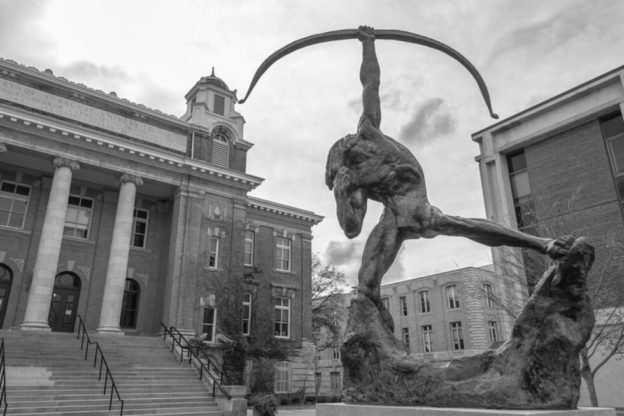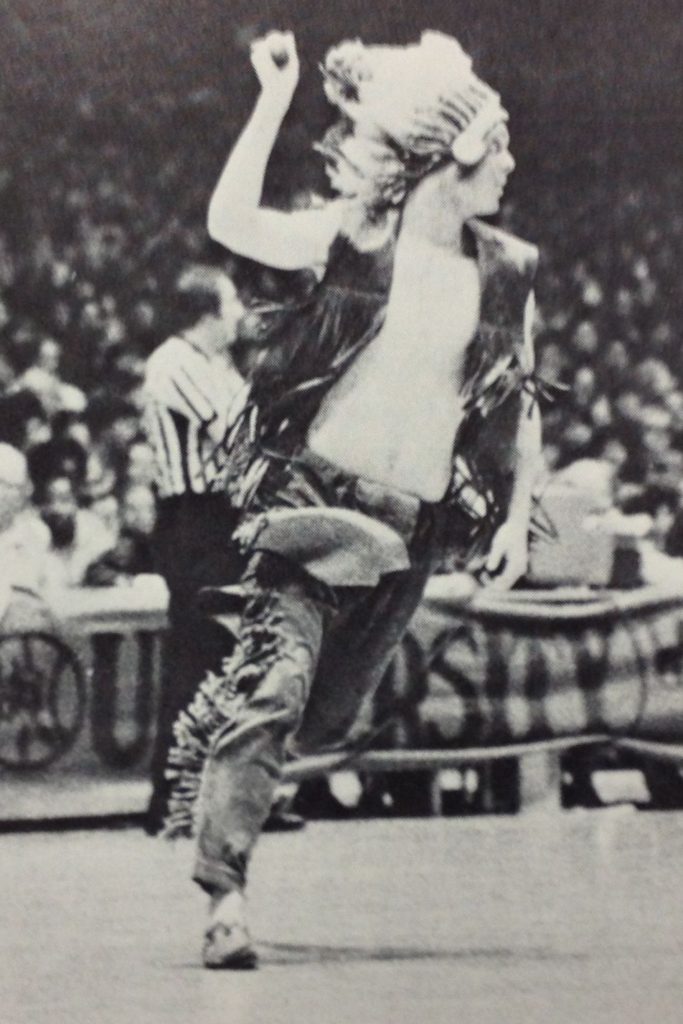Part of Syracuse’s love for festivals comes from it’s appreciation for diversity and culture. Throughout the summer, many weekends are devoted to festivals that celebrate a culture with respect to both its heritage and its Syracuse roots. All of these festivals are free, non-profit organizations that are built and created by passionate locals and frequented by Syracuse natives from all walks of life. Offering live music, delicious authentic food, and plenty of activities for both adults and children, the variety of culturul festivals hosted in Syracuse is a great thing to check out on a beautiful summer day.
***Dates may change yearly. Please see websites provided for exact dates and times.
Middle Eastern Festival
Every year in July, St. Elias’s Antiochian Orthodox Church hosts its annual Middle Eastern festival. Outside you’ll find live music and performances by the dance groups. In the adjacent tent festival goers can order authentic Middle Eastern food. Make your way inside to find the Souk Marketplace where they sell gold and unique imported merchandise. A live cooking demo is done on Saturday with WCNY’s Julie Tabouli. The festival is held at 4988 Onondaga Road in Syracuse.
For more information: cultural-festival
Macedonian Festival
Every year in August, St. George’s Macedonian Orthodox Church hosts their annual cultural festival featuring authentic Macedonian food, desserts, beverages, music, and dancing. Festival goers can sit outdoors and enjoy the sunny weather while listening to a live band, “Merak,” and sampling native foods cooked fresh to order. Their dance troupe, “Kitka,” will entertain you with their lively takes on traditional numbers. Make your way inside to the banquet hall where you’ll find their huge dessert bar, serving not only authentic Macedonian treats, but popular American sweets, cookies, and cakes for all palletes! Take a tour of the church and discover their beautifully painted floor to ceiling al frescos! Children will be sure to be entertained with bounce houses and games! Seating is available indoors and outdoors to accommodate everyone! The festival is located at 5083 Onondaga Road in Syracuse.
For more information: For more information: cultural-festival
Irish Festival
The Guinness Syracuse Irish Festival is the perfect place to enjoy traditional Irish cuisine and heavy draft beers while listening to live bands playing both contemporary and traditional Celtic music. And being set up in Clinton Square, it’ll almost feel like the streets of Dublin itelf! Besides live music, you can also enjoy entertainment from folk dancers and bagpipe players, getting a true taste of the traditions of Irish culture and spirit. The festival runs for 2 days in the first week of September and is located in the downtown area of Syracuse, NY. [2]
For more information:
Greek Festival
Every summer, St. Sophia’s Greek Festival kicks off the Syracuse festival season with simmering hot gyros. Located in the parking lot of St. Sophia’s Greek Orthodox Church, this festival has grown bigger and bigger every year. It offers plenty of live entertainment including traditional Greek bands and dancers. In celebrating the culture of Greece and its traditions, the festival also has a Greek food marketplace and grocery store that sells dry goods, olives and cheeses. The festival runs for 4 days, and is held at St. Sophia’s in DeWitt, NY. Admission is free, with food and beverage costs varying. [3]
For more information: http://www.syracusegreekfest.com/
Italian Festival
Italian Fest, also known as Festa Italiania, was made for anyone with a big appetite for pasta and gellatos. More than twenty restaurants-some of which come from Syracuse’s own Little Italy-participate in this celebration of Italy’s deep family heritage and cooking traditions. The festival runs for 3 days and is set up in front of City Hall on Washington St. in the downtown area of Syracuse, NY. [1]
For more information: http://www.festaitaliana.bizland.com/
Juneteenth Festival
In recognition of June 19th, 1865, the day the last American slaves heard news of their freedom, Syracuse is host to an African-American cultural festival that celebrates pride in the black culture. Although the festival offers entertainment that speaks of black heritage, it also provides attendees with a lot of information regarding political issues surrounding the black community. The progressive environment of this festival lets people know they truly are apart of a community. The festival is held in Clinton Square in the downtown area of Syracuse, NY. [4]
Links
For more information: http://syracusejuneteenth.org/



 For 45 years, many people believed the legend of the Saltine Warrior was true. This was due in large part to media reports as factual by The Daily Orange, The Alumni News, and downtown Syracuse papers . “The thing that offended me when I was there was that guy running around like a nut. That’s derogatory” Lyons explained . Onkwehonweneha arranged a meeting with the Onondaga Nation Council of Chiefs and brothers of Lambda Chi in an effort to relieve tension over the mascot removal
For 45 years, many people believed the legend of the Saltine Warrior was true. This was due in large part to media reports as factual by The Daily Orange, The Alumni News, and downtown Syracuse papers . “The thing that offended me when I was there was that guy running around like a nut. That’s derogatory” Lyons explained . Onkwehonweneha arranged a meeting with the Onondaga Nation Council of Chiefs and brothers of Lambda Chi in an effort to relieve tension over the mascot removal 